08 May Get 2x the Results with 1/2 the Content – Here’s How by @bsmarketer
SERPs have become a zero-sum game in the last decade.
To win, others must lose.
The rich get richer and the losers get zilch.
So being the best is the only viable, defensible long-term strategy.
The trick is that you can’t stop. Production doesn’t drop.
You just focus it on the places where it’s most likely to produce the biggest, fastest results.
Here are those three places.
1. Refresh Old Content
Brittany Berger is a SaaS content marketer who has worked with companies like Mention and eZanga.
At Mention, she ran into the all-too-common problem of wearing all the marketing hats. She was responsible for new content, webinars, partnerships, emails, and more.
Fortunately, she realized early on that the importance of new content is often overblown. A simple glance at Google Analytics confirms that nearly ~80% of most blog traffic comes from content that’s months (or years) old.
And that’s why Brittany still prioritizes refreshing old content before plowing into new production.
“Let’s say you are publishing a blog post twice a week for a year, after year, that is 100 blog posts. And assuming that you put a decent amount of effort into making them, that’s 100 topics.”
“Are there really that many more than 100 topics that your audience needs from you? And so after that one year, is your effort best spent coming up with new things that maybe target a less perfect audience or is it worth taking the content you already have and going, ‘Has everyone that needs to see this seen this or should we put more effort into that?’”
For the left-brainers, that translates to yield.
Refreshing old content – the ‘core’ ~100 topics that Berger describes – can often produce a better return on a lower investment.
Might sound crazy initially, until you start looking at the numbers and the same 80/20 ratio pops up everywhere. The top 1,000 of NeilPatel.com’s 4,784 posts (~21%) make up 80.99% of the traffic. While “more than half the content doesn’t even generate 83 visits a month.”
This same phenomenon has led Berger to focus her content creation efforts.
“I like to say the two categories to focus on are your (1) greatest hits and your (2) hidden gems. Obviously, you wanna take the greatest hits, the things that are meeting their purpose as best as possible. For some posts, that’s gonna be traffic and rankings. For some posts, that’s going to be webinar signups or trial signups or whatever. I just take, the top 10 posts that are meeting their goals and you wanna amplify those as much as possible.”
The good news is that these posts are also pretty easy to find, too.
Simply open up Google Analytics, head over to your top content under the Behavior Report, then sort by highest traffic from organic search and look for the ones with the worst Exit Rates.


What you’re looking at is a whole bunch of people coming in through this page, and nearly all of them heading right back out the door they came in.
+1 for SEO
-1 for content
The obvious next step is to update all old content. But you can, and should, go much further than that. Your goal is to better align your content with search intent to make it ‘stickier’ and keep people around longer.
SEMrush’s SEO Content Template provides a simple SERP comparison, along with semantic keywords based on the top 10 results, a Readability score, and text length estimate.
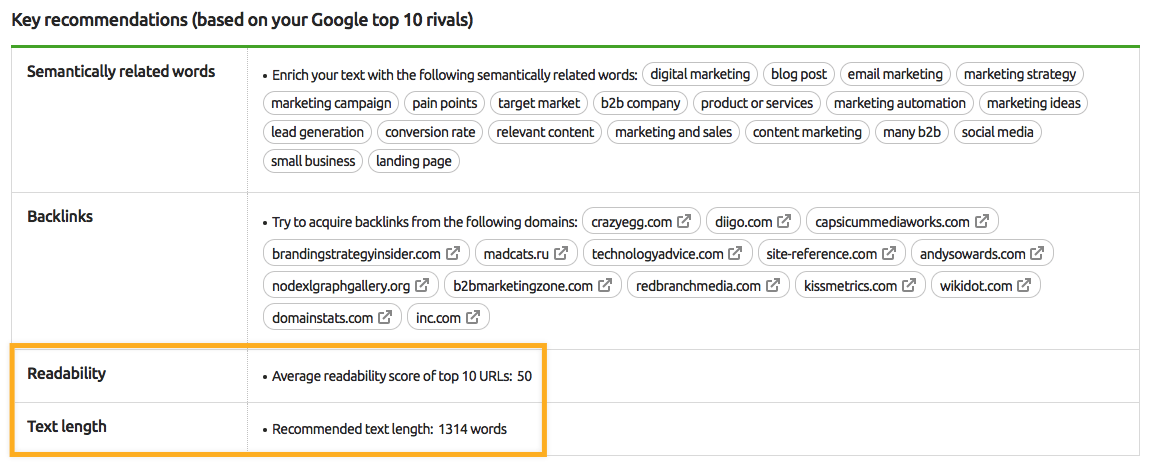

The Readability score comes from the Flesch-Kincaid test. Counterintuitively, a higher score means the content is easier to read (90 = 6th grade), while a lower score is more difficult to read (~30 = college graduate).
The benchmark score SEMrush provides is an estimate based on the pages ranking in the top 10. So as you’re rewriting, it gives you an idea of how or where to take the new version of this article.
That, along with the SEMrush SEO Writing Assistant, gives you third-party feedback for how well you’re targeting the same concepts that appear to be exactly what searchers want.
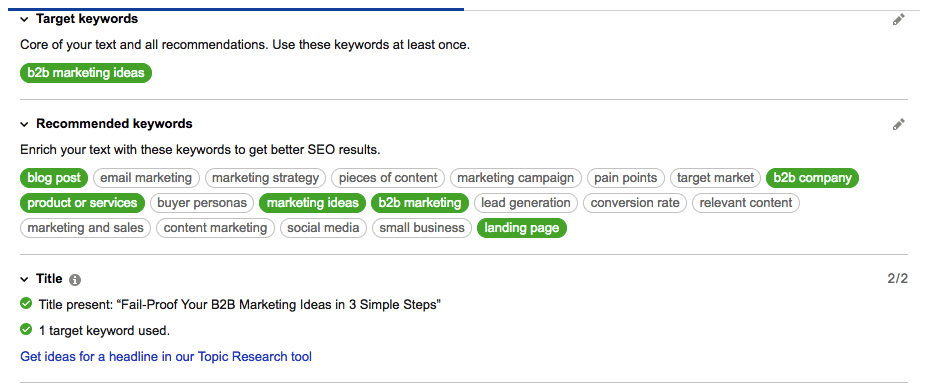

In addition, you can create better assets, like custom images, that will improve engagement and help you stand out in a sea of stock images.
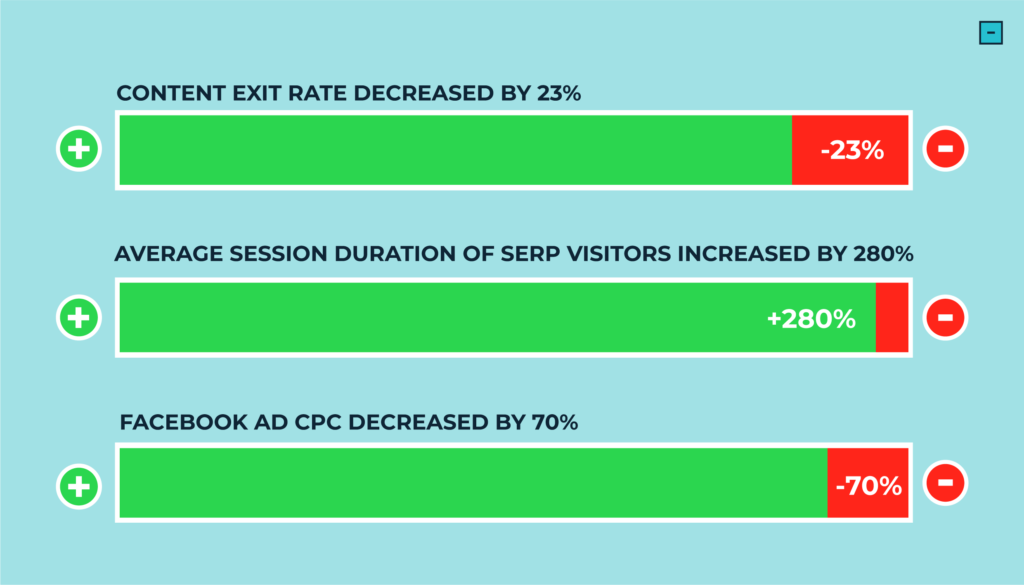

2. Recycle into New Formats
Today, Len Markidan is the CMO at online course platform Podia. But before that, he was one of the driving forces behind Groove’s ascent to 100,000 subscribers objective.
Their ‘core’ blog content brought in the bulk of the traffic. And then the content was repurposed into exclusive lead magnets to drive users down the funnel.
For example, one of their posts focused on 17 email scripts that the Groove team used on a daily basis.
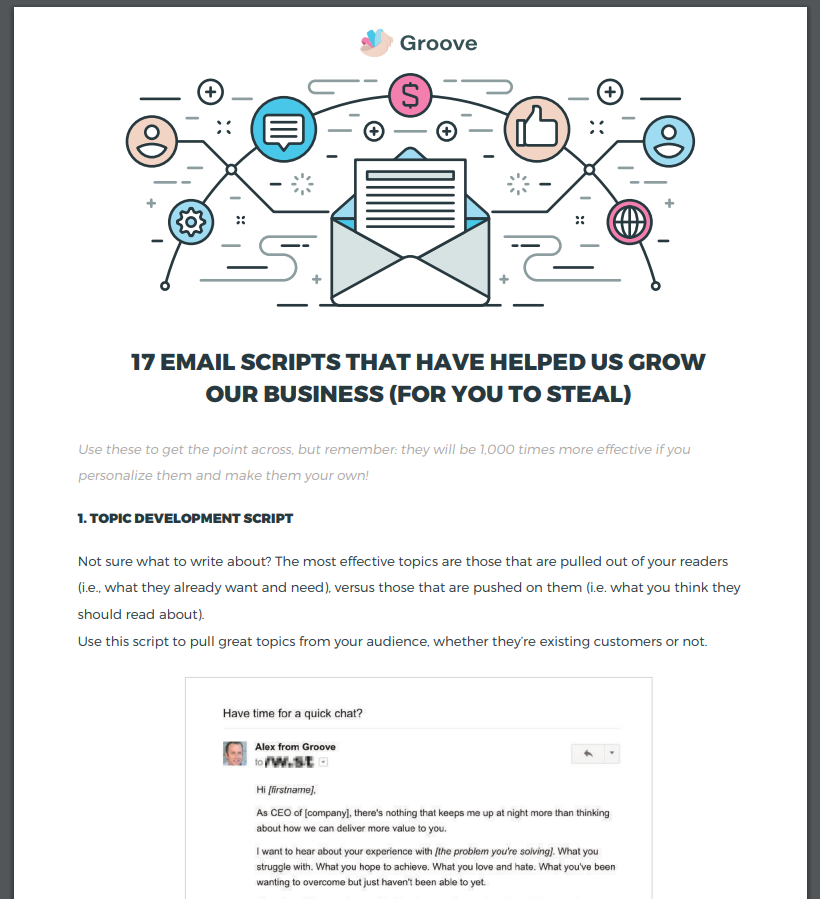

Initially, the email templates were all as screenshots, though. So it wasn’t easy for readers to copy and paste the formulas.
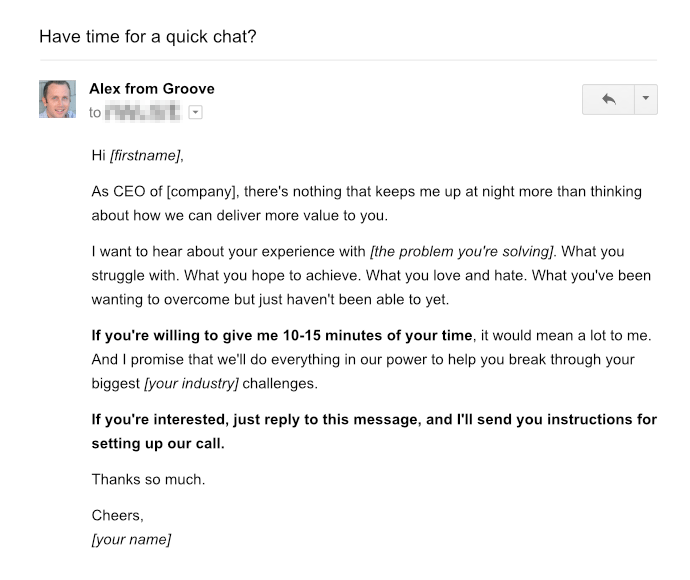

Using this to his advantage, Markidan developed a lead magnet/content upgrade, providing a download link for users in exchange for their email addresses:
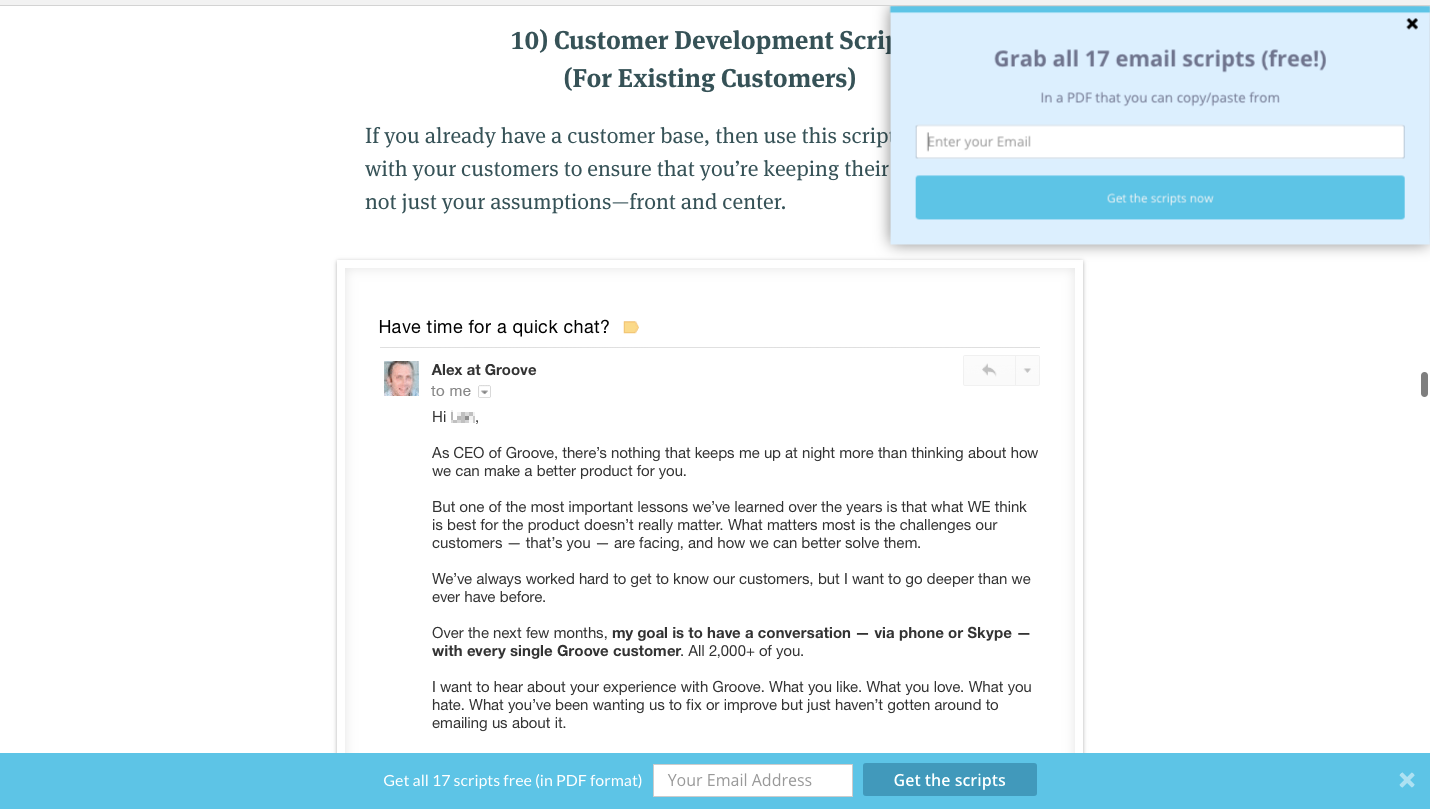

That single lead magnet increased their email sign-ups by 22%.
The long-form blog post wasn’t just a traffic generator for SEO, then. It was also like the “teaser” that presold visitors to convert.
In comparison, if your lead magnet content doesn’t directly relate to what the person’s reading (which is pretty much like 90% of the time), opt-in rates tank.
A post about email marketing with a static sidebar CTA for your SEO newsletter appeals to no one.
Markidan recommends treating every single lead magnet as its own campaign. He says that campaigns should be “less frequent, and every piece [should be] thorough and complete with support assets.”
This way, all of your content remains premium and worth the extra effort to exchange information.
Recycling content like this packs yet another benefit: greater retention.
Lead magnet offers for each campaign post allow you to segment traffic into buckets with specific interests. So you’re able to sell and pitch with accuracy, generating higher open, click, and click-through rates, while at the same time, reduce opt-out rates.
3. Expand into New Languages
The U.S. SERPs are as cutthroat as they come.
More companies + more content + more money = more competition.
The English language might extend to nearly every country. But Brian Jackson, CMO at Kinsta, confirms that “organic search, social, etc. are not as competitive in other languages.”
And that’s been a huge driving force behind making their price point – and content – more accessible to other parts of the world.
“Our Spanish stuff has blown up,” Jackson said. “We knew it would. We had people coming and asking us for this.”
Spanish is, after all, used by over 440 million people and more than 5% of websites.
They may have started by dipping their toe into the South American market, but they’ve since built out an in-house team of translators to go worldwide. That includes dedicated sites for each language, as well as translations for all new English content, too.


They aren’t just pumping out new content.
They’re doubling down on the content that they already know, without a shadow of a doubt, works.
Conclusion
‘More’ isn’t always better.
It’s often not better in a winner-take-all market like today’s SERPs, where only the top 1% gets clicked, read, and consumed.
A better ROI, in this case, doesn’t come from more mediocrity, but being the best.
That means your results from revamping, recycling, and expanding the top 100 content pieces on your site can eclipse that from producing another 100.
You still need to produce a lot of content. But how and where that production goes is what makes all the difference.
More Resources:
- How & Why You Must Improve or Remove Your Old Content
- Don’t Invest in Content Unless You Can Be #1 – Here’s Why
- Top 13 SEO Metrics to Track Content Performance & Engagement
Image Credits
Featured Image: Pixabay.com
Screenshots taken by author, May 2019
Sorry, the comment form is closed at this time.